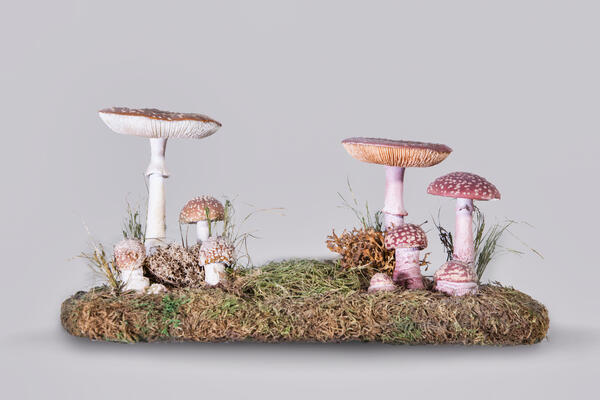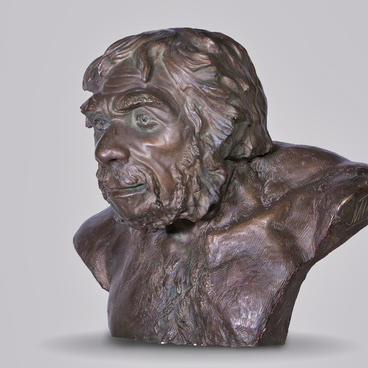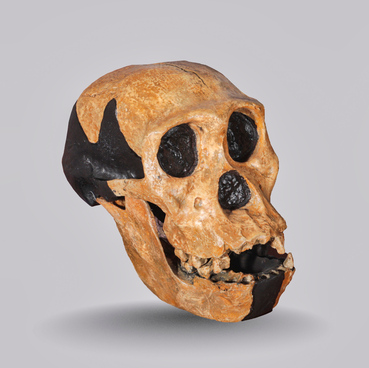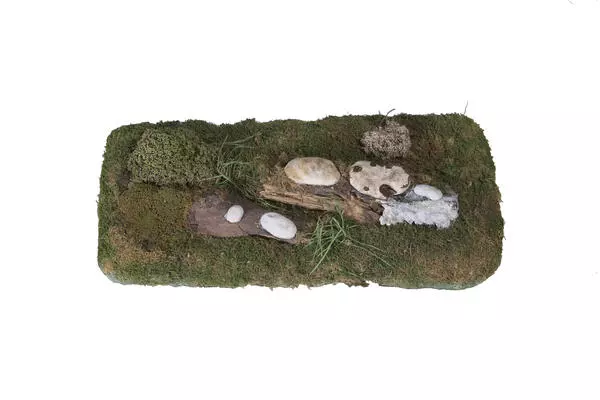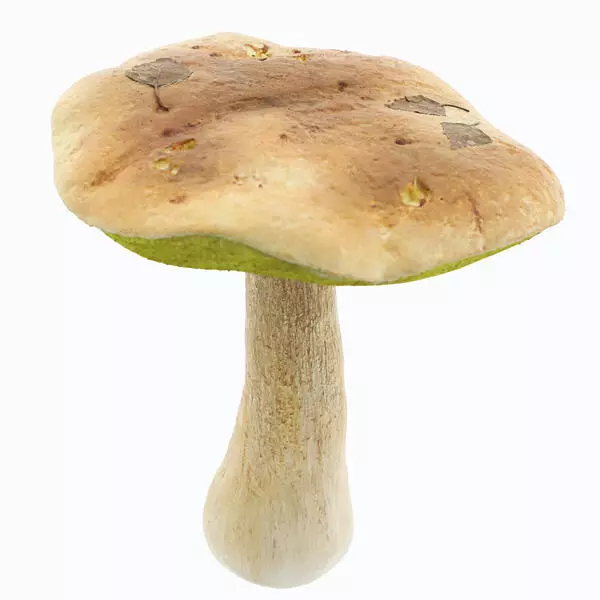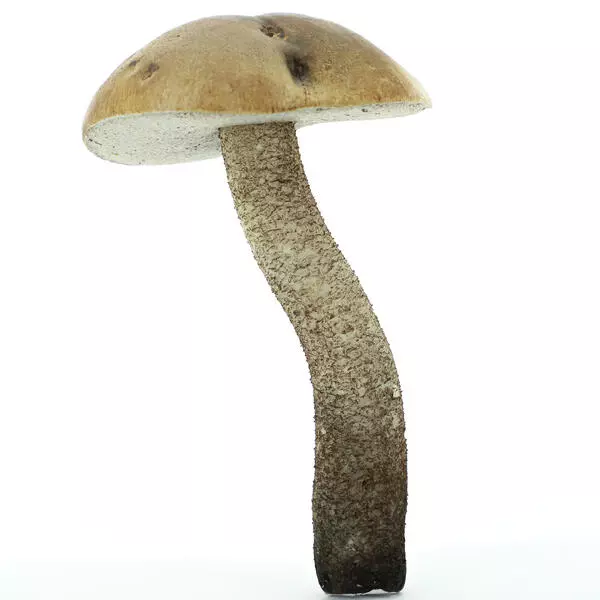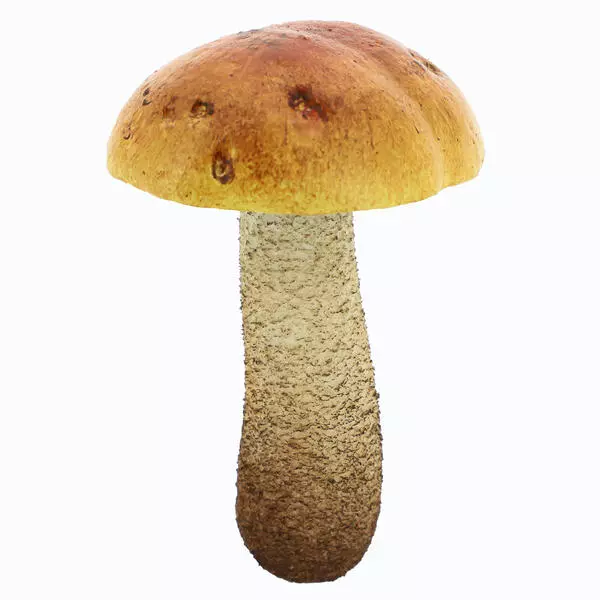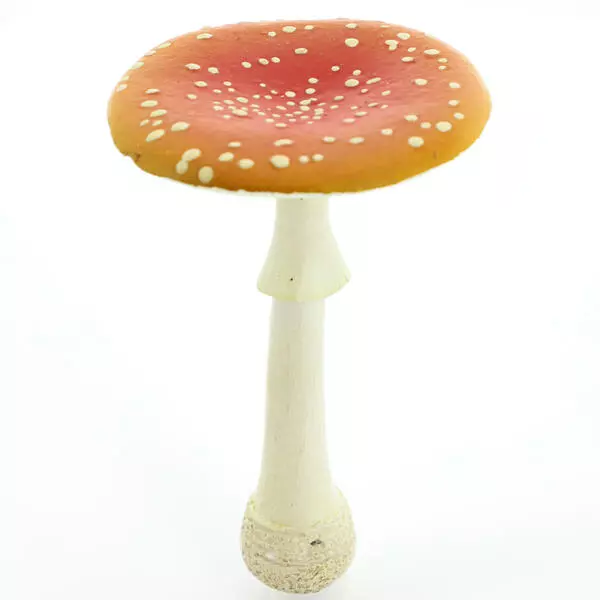In nature, one can often find inedible or poisonous mushrooms that look exactly like the edible ones. There are no universal signs of poisonous mushrooms, but the difference between specific twin species is usually visible.
This similarity is especially dangerous when poisonous twins grow next to edible or conditionally edible mushrooms, such as, for example, panther fly agaric and gray-pink fly agaric.
The gray-pink fly agaric (Amanita rubescens), or the reddening fly agaric, is known as conditionally edible mushroom. Such mushrooms are caustic or even poisonous in their raw form, but after heat treatment, they can be eaten.
The pulp of the fruiting body of this fly agaric and the plates of the cap are white, and when damaged, they gradually turn first into light pink, then into a characteristic wine-pink color. These mushrooms cannot be consumed fresh; they are usually boiled, then fried to destroy thermolabile toxins.
The poisonous panther fly agaric (Amanita pantherina) is found from middle of July the end of September, most often in August and early September. This species grows in the temperate zone of the Northern Hemisphere on alkaline soils in coniferous, mixed and deciduous forests under pine, oak, and beech. It forms a mycorrhiza with many types of trees.
The plates and pulp of this fly agaric are white, with an unpleasant smell; the color does not change when damaged. The mushroom contains muscarine and muscaridin, typical for other poisonous fly agarics, as well as scopolamine and hyascidin, characteristic of poisonous plants—henbane and datura. These substances have psychoactive properties and cause hallucinations.
Panther and gray-pink fly agarics are only part of the museum’s collection of scientifically reliable mushroom models. It includes about 350 exhibits and more than 220 species. The author of the collection, a taxidermist and a modelling artist, Anatoly Manaev placed the samples in an imitation of their habitat. The master created almost all species like they are found in nature.
This similarity is especially dangerous when poisonous twins grow next to edible or conditionally edible mushrooms, such as, for example, panther fly agaric and gray-pink fly agaric.
The gray-pink fly agaric (Amanita rubescens), or the reddening fly agaric, is known as conditionally edible mushroom. Such mushrooms are caustic or even poisonous in their raw form, but after heat treatment, they can be eaten.
Pink fly agaric is collected from spring to late autumn, especially often from July to October. It grows on various soils in the forests of the temperate zone of the Northern Hemisphere. With deciduous and coniferous trees, most often with birch and pine, it forms a symbiosis of the mycelium and the root system–mycorrhiza.
The pulp of the fruiting body of this fly agaric and the plates of the cap are white, and when damaged, they gradually turn first into light pink, then into a characteristic wine-pink color. These mushrooms cannot be consumed fresh; they are usually boiled, then fried to destroy thermolabile toxins.
The poisonous panther fly agaric (Amanita pantherina) is found from middle of July the end of September, most often in August and early September. This species grows in the temperate zone of the Northern Hemisphere on alkaline soils in coniferous, mixed and deciduous forests under pine, oak, and beech. It forms a mycorrhiza with many types of trees.
The plates and pulp of this fly agaric are white, with an unpleasant smell; the color does not change when damaged. The mushroom contains muscarine and muscaridin, typical for other poisonous fly agarics, as well as scopolamine and hyascidin, characteristic of poisonous plants—henbane and datura. These substances have psychoactive properties and cause hallucinations.
Panther and gray-pink fly agarics are only part of the museum’s collection of scientifically reliable mushroom models. It includes about 350 exhibits and more than 220 species. The author of the collection, a taxidermist and a modelling artist, Anatoly Manaev placed the samples in an imitation of their habitat. The master created almost all species like they are found in nature.

